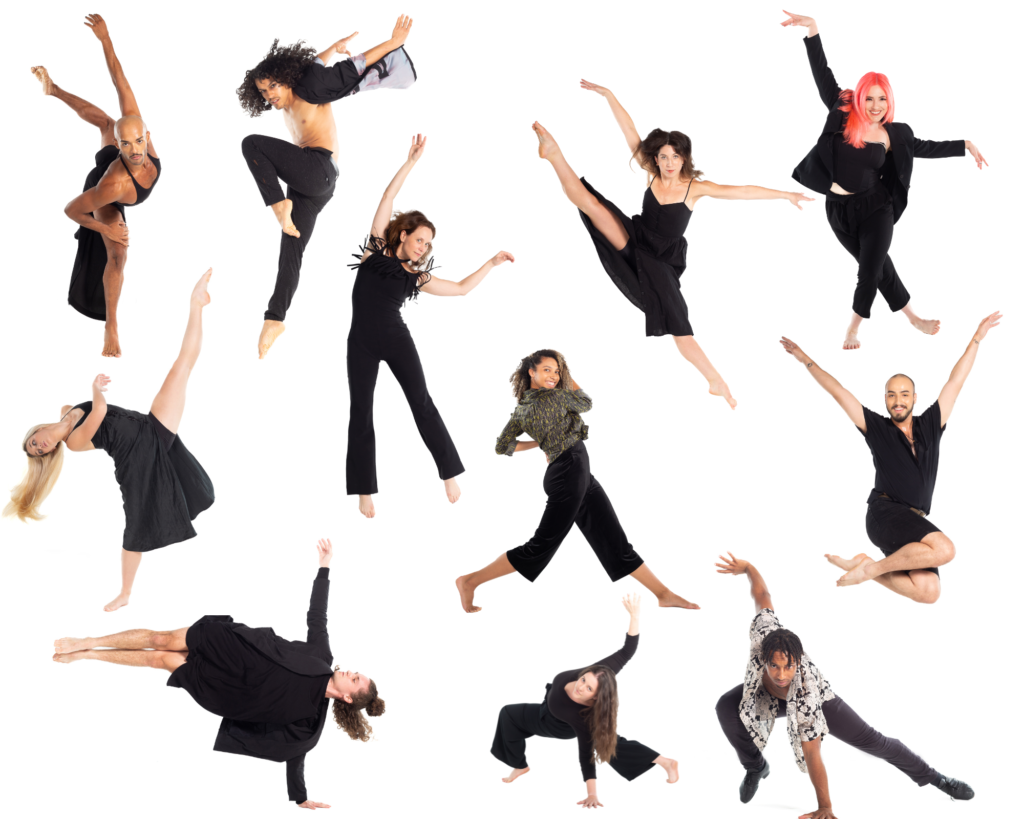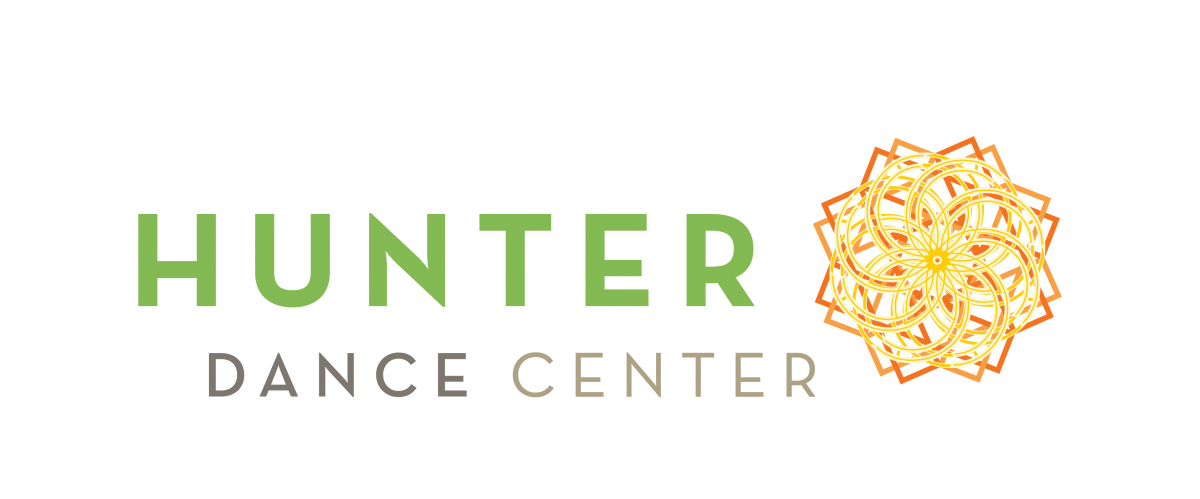The Academy Program is a scholarship program for our most committed pre-professional students focused on our core techniques of Ballet and Modern. The program is by invitation only to Level 4, 5, 6 dancers who have demonstrated their commitment to pre-professional study through a minimum of one year of excellent attendance, participation, attitude, and effort in Level 4 Ballet and Modern classes. The Academy Program requires 3 Ballet classes and 2 Modern classes a week with additional elective classes in Aerial Dance, Repertory, Acro, Hip Hop, Jazz, Pointe & Variations, and Musical Theater. Academy Dancers strive for excellence, not perfection, as outlined in the Academy Scholarship Program Agreement.

What is the Academy Program at Hunter Dance Center?
The Academy Program is a pre-professional contemporary dance training scholarship program designed for young people ages 13 and older who want to prepare for a professional life in concert dance. Participation in this ballet and modern centered program is by invitation only and is specifically recommended for dancers who are interested in auditioning for college dance programs with the intention of dancing professionally after college graduation. Hunter Dance Center believes strongly that a college education is an important growing and learning experience for a contemporary dancer and tailors this program to prepare promising young dancers for the rigorous audition process and training regimen of the best college dance programs in the United States.
What is a “Contemporary Dance Training” program and why is the study of ballet and modern technique at the center of it?
Contemporary Dance is an international concert dance genre that embraces, continues, and builds on classical ballet and modern dance techniques. Prominent contemporary dance companies include Netherlands Dance Theater, Tanztheater Wuppertal Pina Bausch, and Hubbard Street Dance Chicago. In Houston, Open Dance Project, Noblemotion Dance, Houston Contemporary Dance Company, and ISHIDA dance are all contemporary dance companies. Early pioneers in contemporary dance include Kurt Jooss (1901-1979), who combined classical, abstract ballet technique and the hyper expressive gestures of German Ausdruckstanz (see Rudolf Laban and Mary Wigman) and Merce Cunningham (1919-2009), who layered the expressive torso and core from Graham Technique with the extended lines and reaching limbs of classical ballet. Jooss and Cunningham were equally innovative in their approach to content. Jooss leaned heavily into the theatrical – using shape, form, tableaux and extreme facial expressions to convey the “essential” emotion and energy of each expressive moment. Cunningham divorced himself from both the narrative of classical ballet and the tragic intensity of modern dance, choosing instead to focus on abstract form and relationship.
Contemporary Dance is a genre of dance and does not have one all encompassing codified technique. There are many specific and unique contemporary dance techniques that have been crafted (and sometimes trademarked) by individual choreographers in an effort to build a particular and specific shared vocabulary and way of moving among their students/dancers in order to embody and perform their choreography in the way they envision it being realized.
Examples of codified contemporary dance techniques include:
Cunningham Technique® – developed by Merce Cunningham to train dancers for his company. The technique emphasizes clarity of form, coordination of torso and legwork, rhythmic accuracy, spatial awareness and virtuosity.
Gaga Technique – a language of movement developed by Ohad Naharin that makes it possible to connect with sensory existence, to stimulate and strengthen the body, and to find the freedom and pleasure in movement
Countertechnique – the movement system Anouk van Dijk developed during her career as dancer, choreographer and teacher over the last 25 years. It is a system to help dancers think about their bodies.
Skinner Releasing Technique (SRT) – a somatic movement, dance and creative practice created by Joan Skinner, with a core underlying principle of releasing blocked energy, held tension and habitual patterns in body mind.
As will be the case in a college dance program, HDC’s modern and contemporary technique classes are not limited to one specific codified technique. HDC’s faculty has a wide range of experience in modern dance techniques (originating primarily from the U.S. and Germany in the 1920s-40s) and contemporary dance techniques (coming out of and expanding on innovations in modern dance and ballet from the 2nd half of the twentieth century to today). As with modern and contemporary visual art, the line between modern and contemporary dance is a very porous and flexible one. For the purposes of our training program, we focus on teaching the foundations of modern dance (multi-level movement in and out of the floor, head-tail connection, Individualism and movement invention are core components of both modern and contemporary dance. This means that while there are shared historical and aesthetic principles in each technique, no two teachers will ever teach the same way. Our modern and contemporary classes draw on the full range of each individual teacher’s dance experience, history, and lineage.
